UX Research, UX Design, Journey Mapping, Animation
The Zen Den
A project looking at improving the museum experiences of Young Adults using emerging technologies.
AdLight was an arduino-powered physical computing project I worked on during the second semester of 2018. The project was made as part of a joint assessment across two core units of USYD's Bachelor of Design Computing. These were Physical Computing (DECO1013) & 3D Modelling and Fabrication (DECO1008).
This was a group project. I worked in a group of four comprising of Griffen Edge, Christian Cerda, Ebony McCue-Shore and myself.
Our task was to develop a motion-activated device using physical computing techniques and design processes. The device had to be a functional and interactive prototype at a 1:1 scale. The solution had to make use of changes in pitch, roll, and yaw, that make up the three axes of the accelerometer contained in the IMU sensor (Inertial Measurement Unit) on the Arduino genuine 101 board.
By researching the popularity of cycling we found that Australians are now cycling less often and for
less
time than we were in 2011. This is a problem area that negatively affects the environment and the
health of
our population.
There are plenty of bike safety accessories on the market which aim to promote ridership by
enhancing safety. We researched some of these that made use of motion sensors, including
the Hövding (an
inflatable airbag inflates in the event of a motion-detected crash), the Garmin Varia (lights
that use sensors
to adjust beam intensity and hence save battery while riding), and the RTL510 (uses radar to
provide visual
and audible alerts to riders and drivers). However, these products and similar ones on the market are sold at
prohibitive prices for students and casual riders, limiting their usefulness for these user groups.
Our approach, to a solution for the problem of declining ridership among Australians, was to create a product
that focused on safety, affordability and convenience. By helping to make safety while riding
easier and more
accessible, we hoped to improve ridership by enhancing the quality of each and every ride.
For the outcomes of the project we had several deliverables to craft. These included a functioning prototype
using the Arduino Genuino 101 board, which had to be mounted in a 3D printed casing that we would design using
3ds max. Along with a video demonstration and a poster, we also had to create a VR scene (using 3ds max and
Unity) which reflected a usage scenario for our product.
As part of the programming of the Arduino Genuino 101 board to respond to motion and user input, my role was to create the interaction model. Shown below, this model maps out the logic of the program and the task flow that a user would traverse when using the adLight.
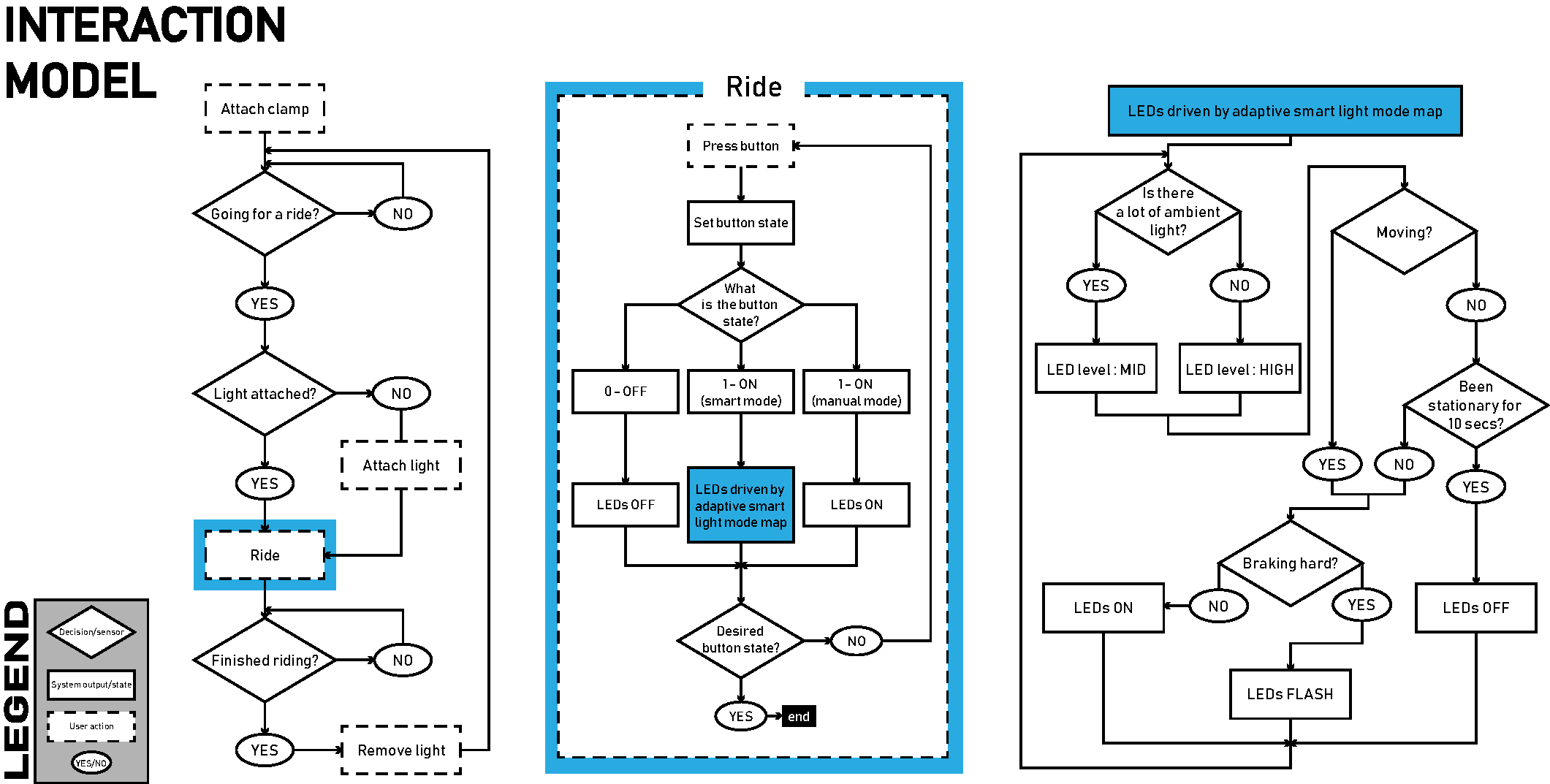
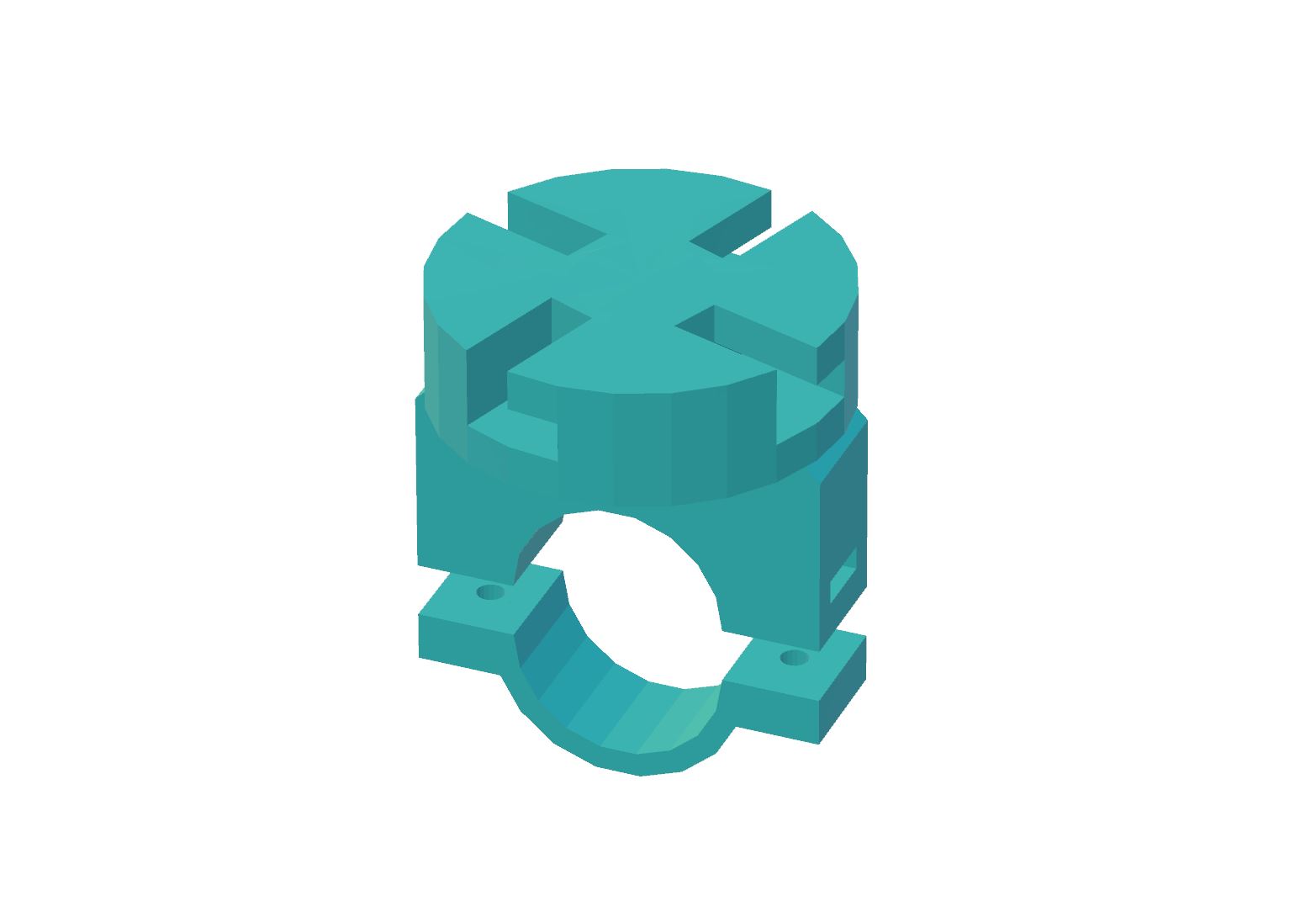
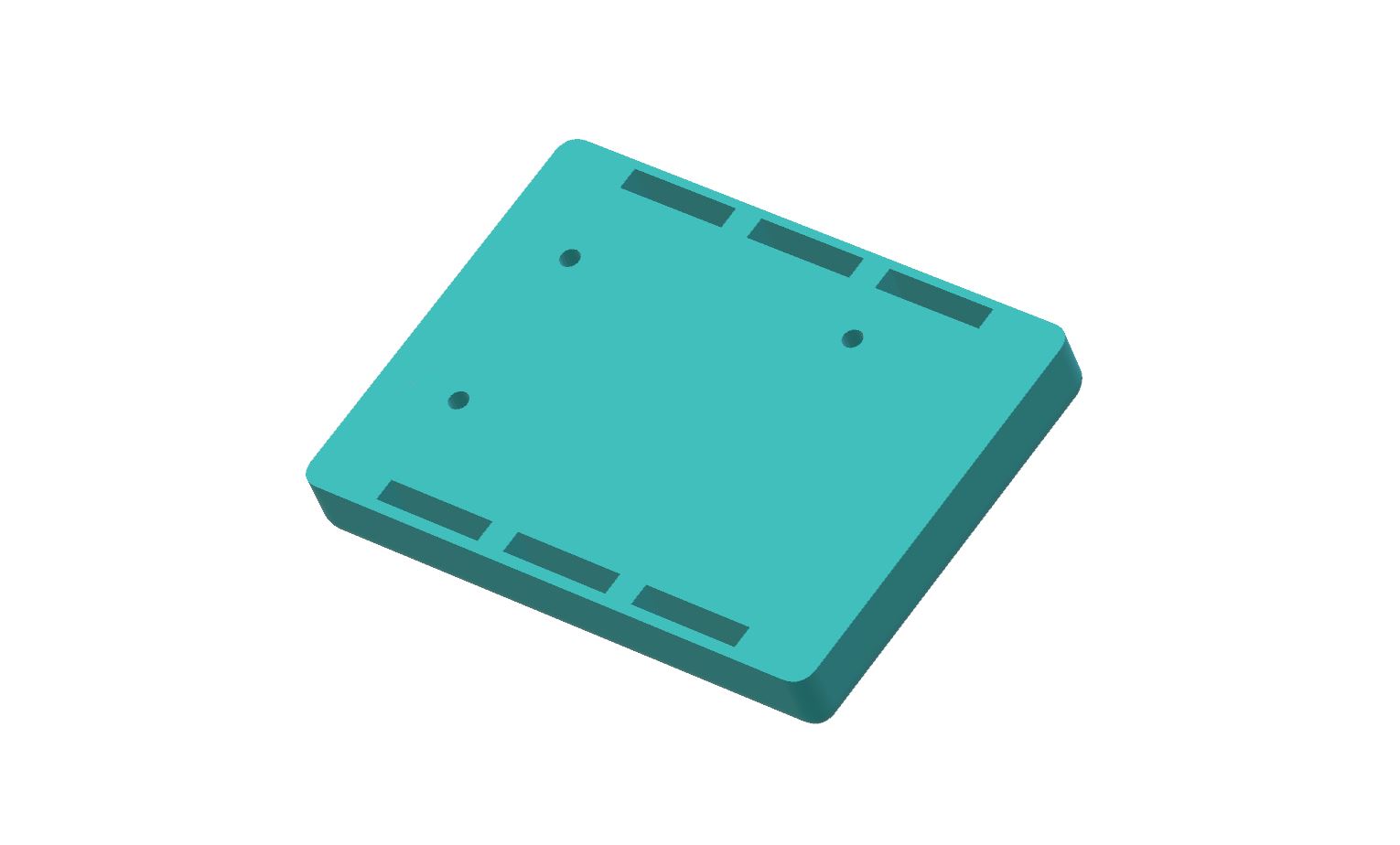
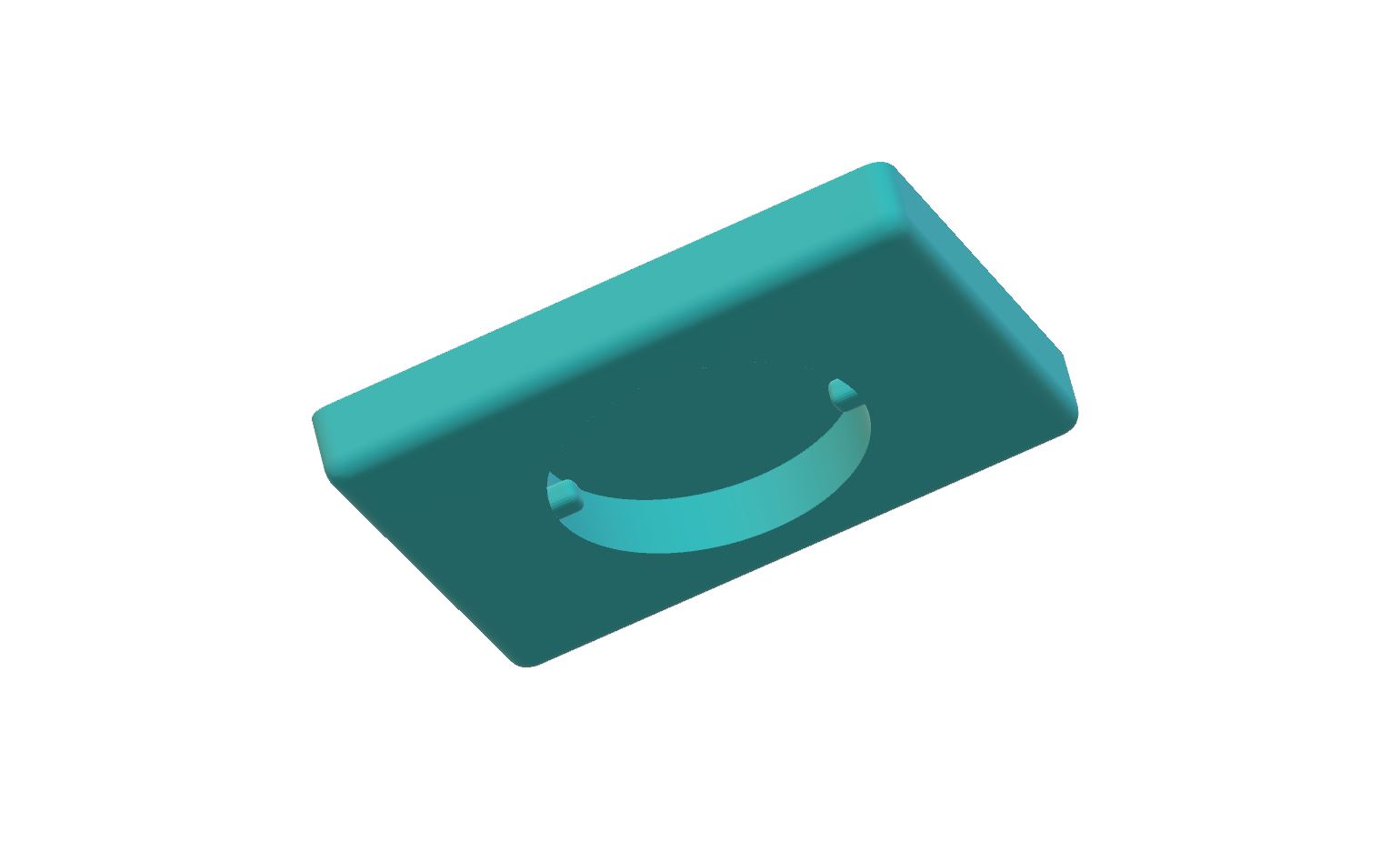
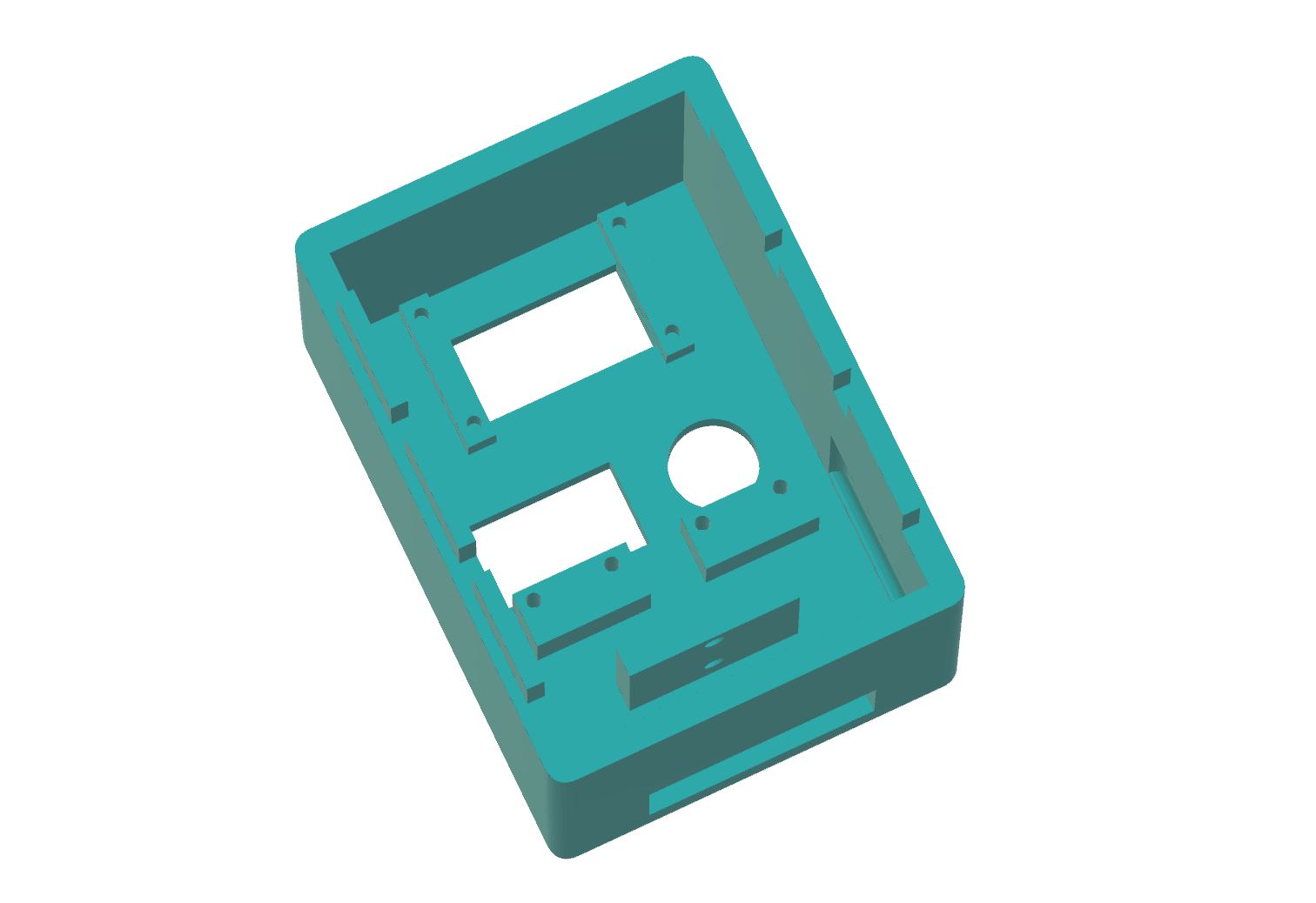
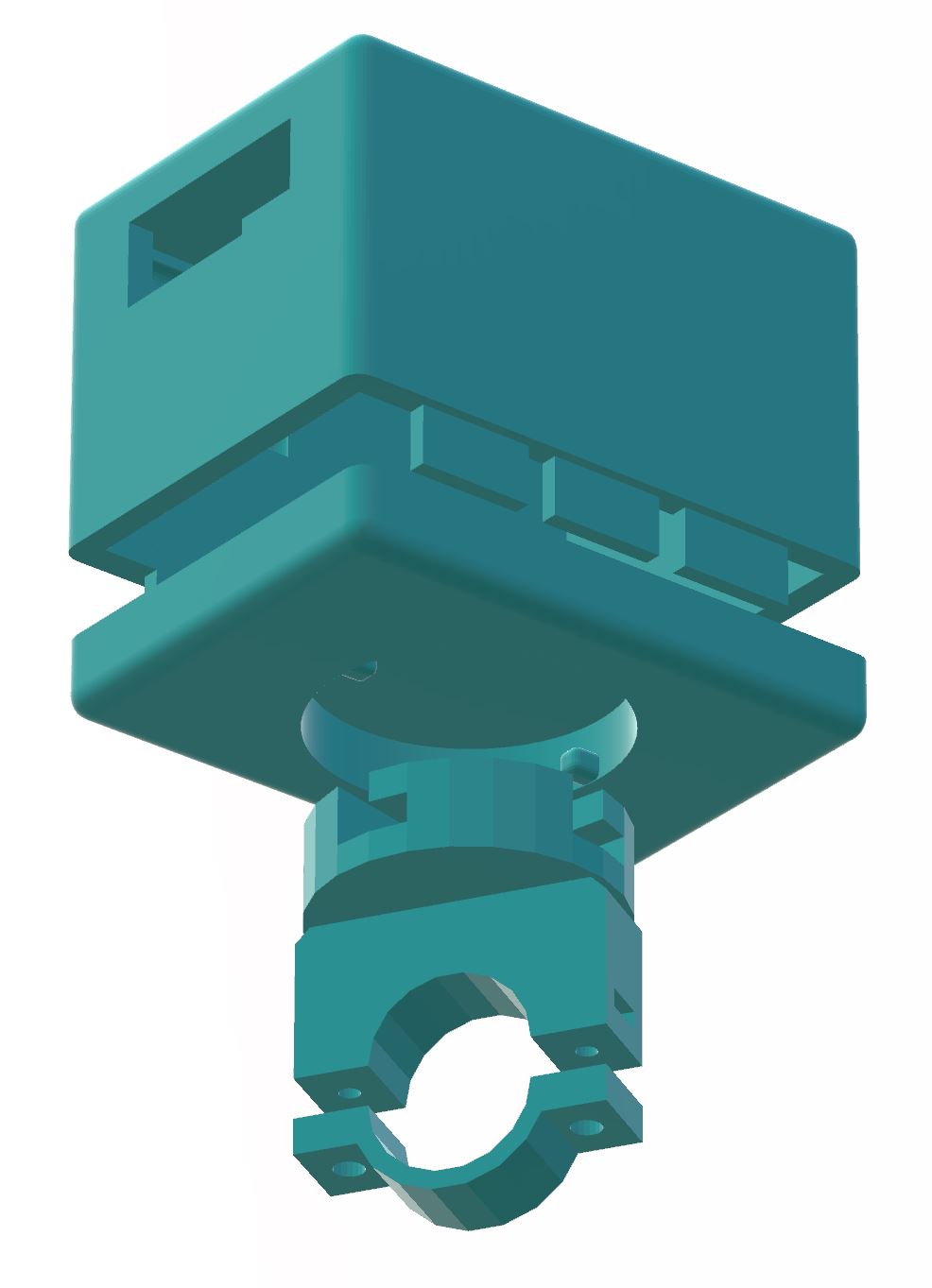
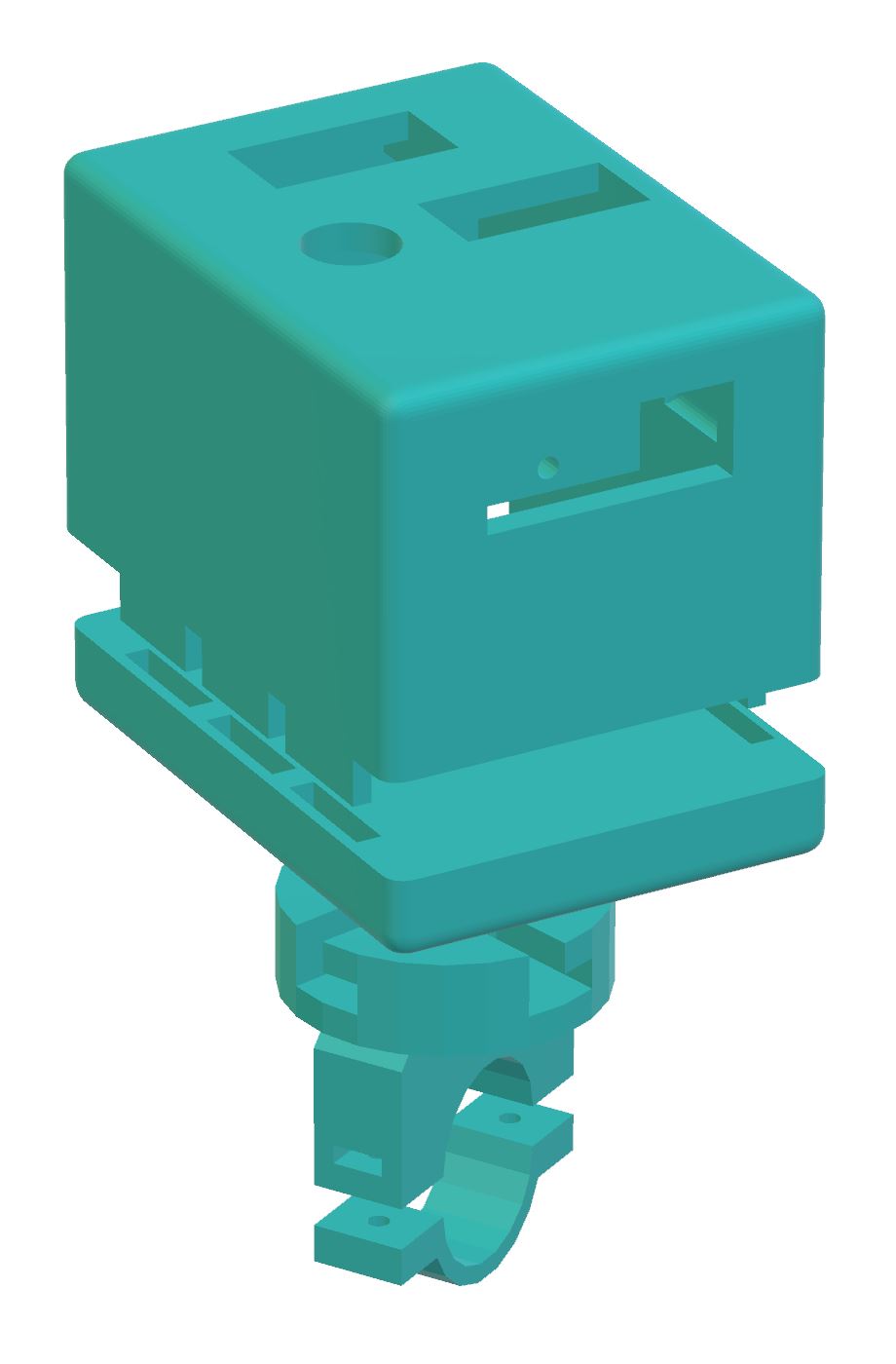
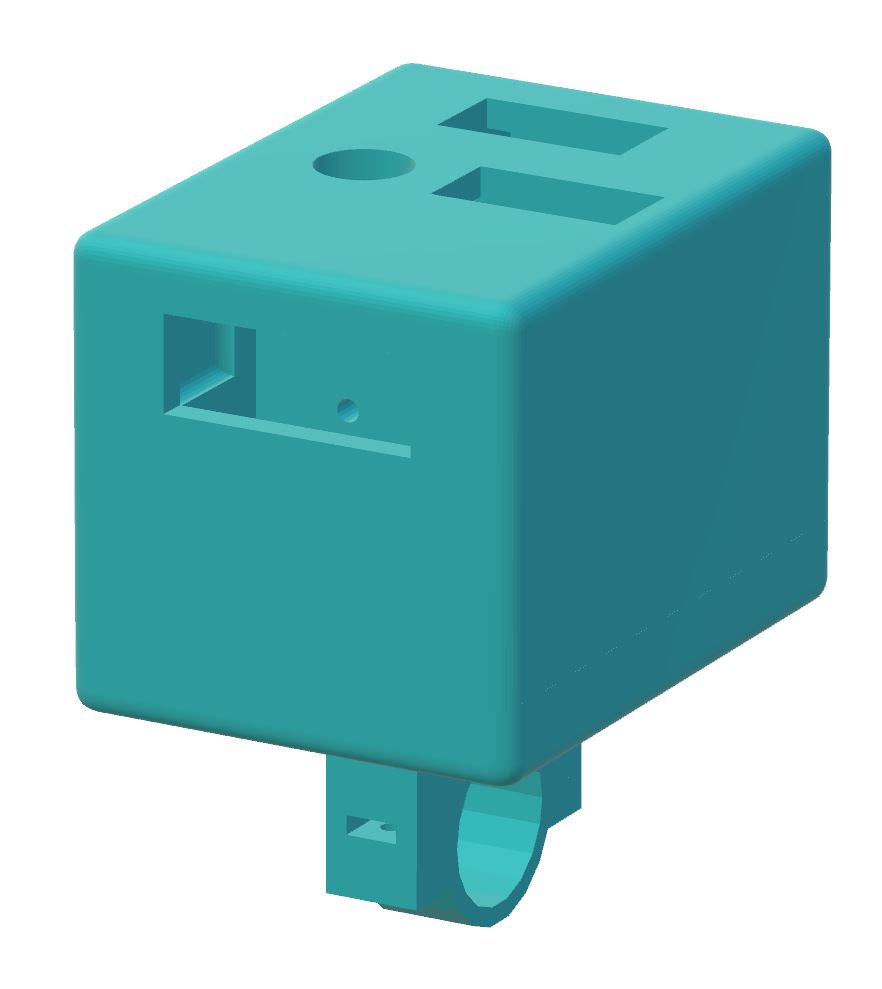
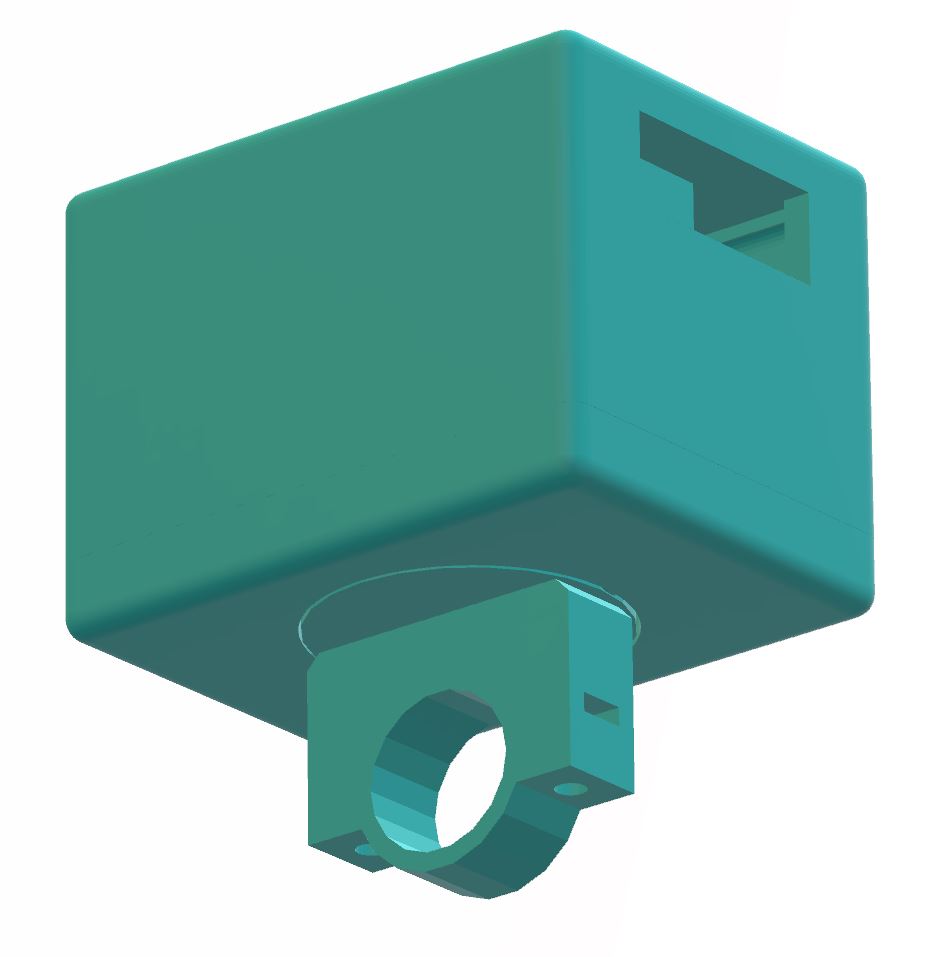
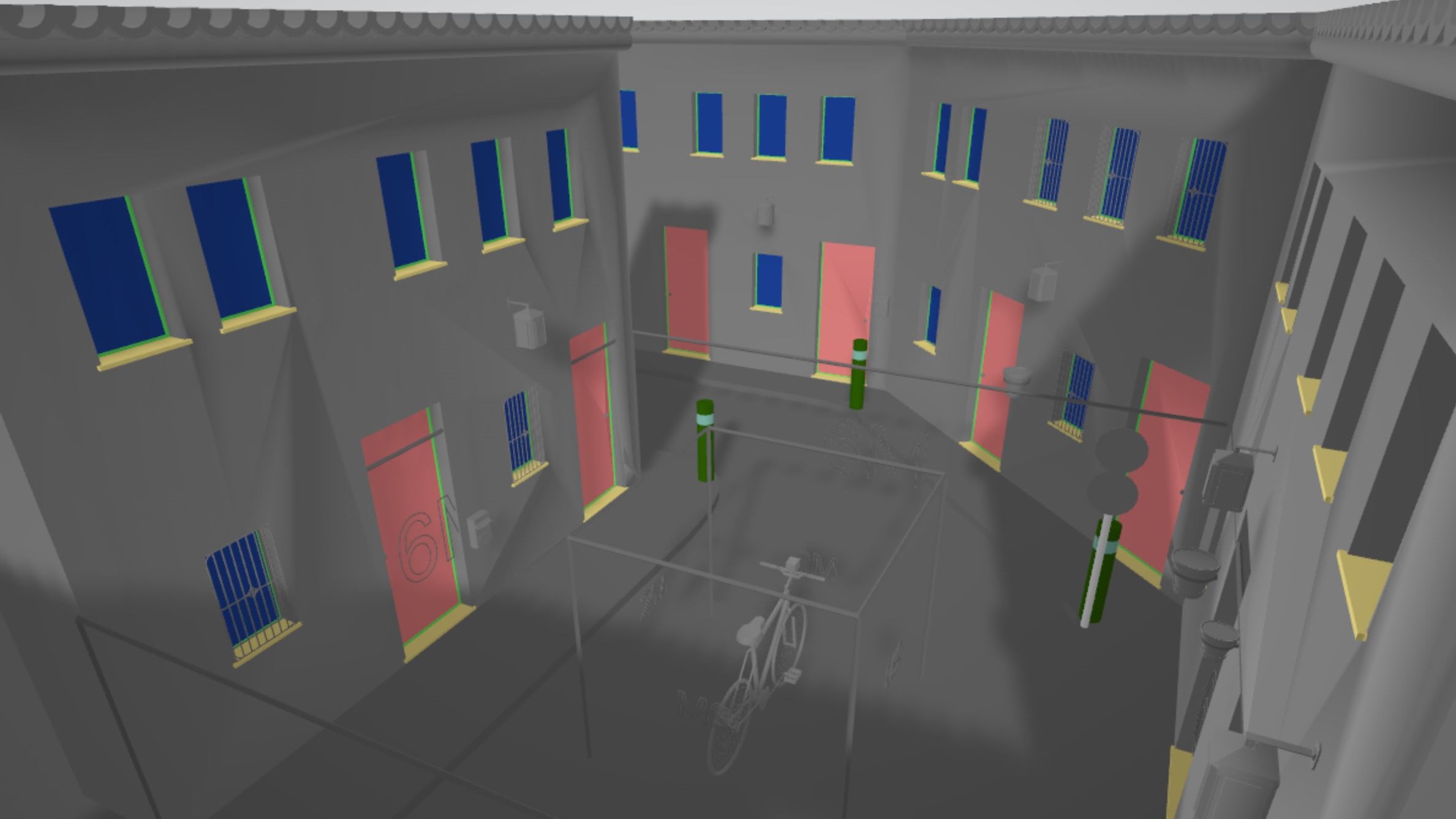
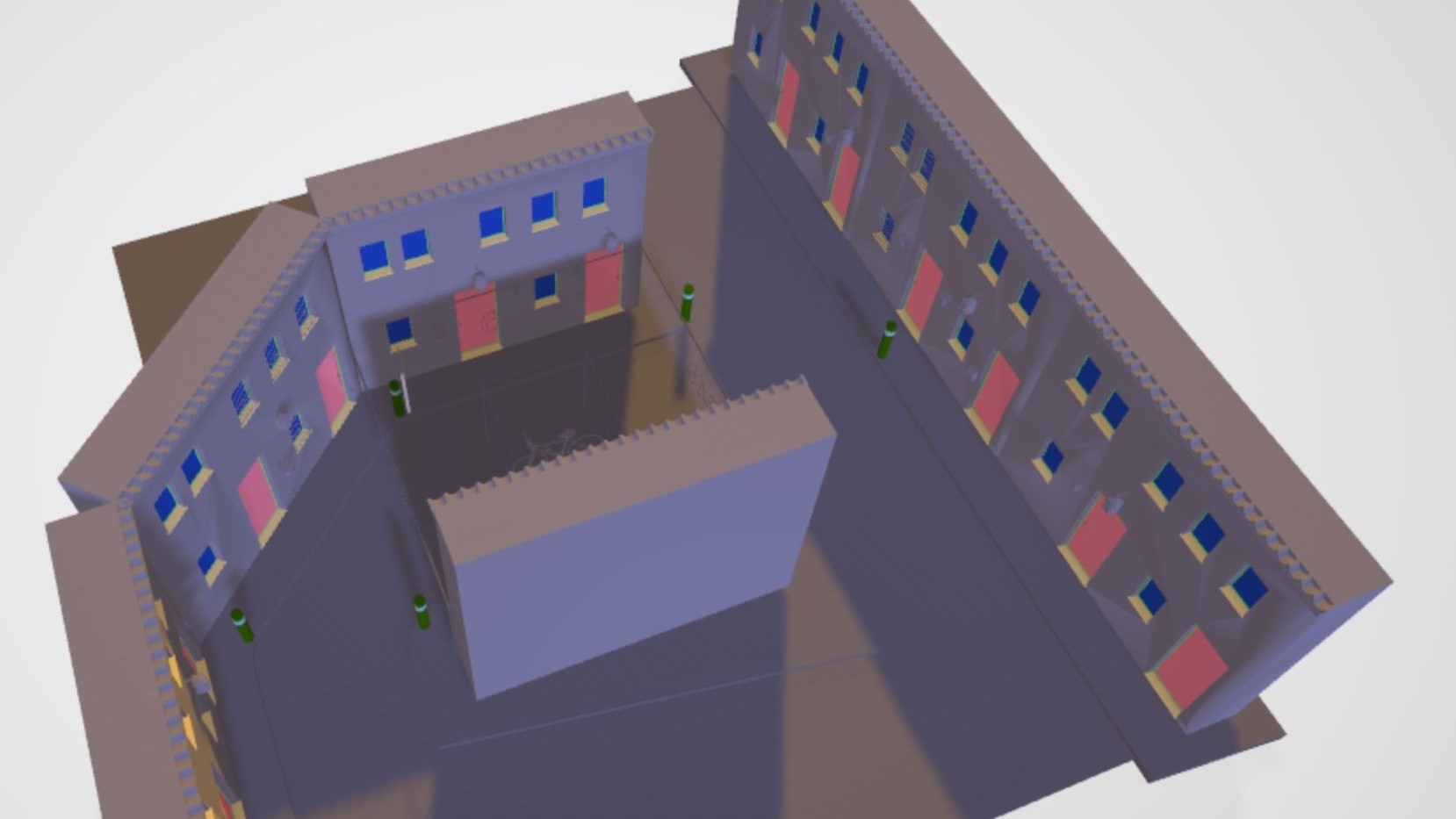
As part of the design showcase for this project, I created a poster showing off the adLight. Combining this with our other design artefacts (the explanatory video, immersive 3D scene, prototype models and the final model) we presented our solution. The showcase was attended by our peers, a panel of judges and members of the community. At the end of the day awards were given and we took out the major prize for best product design, in a class of over 150 students.
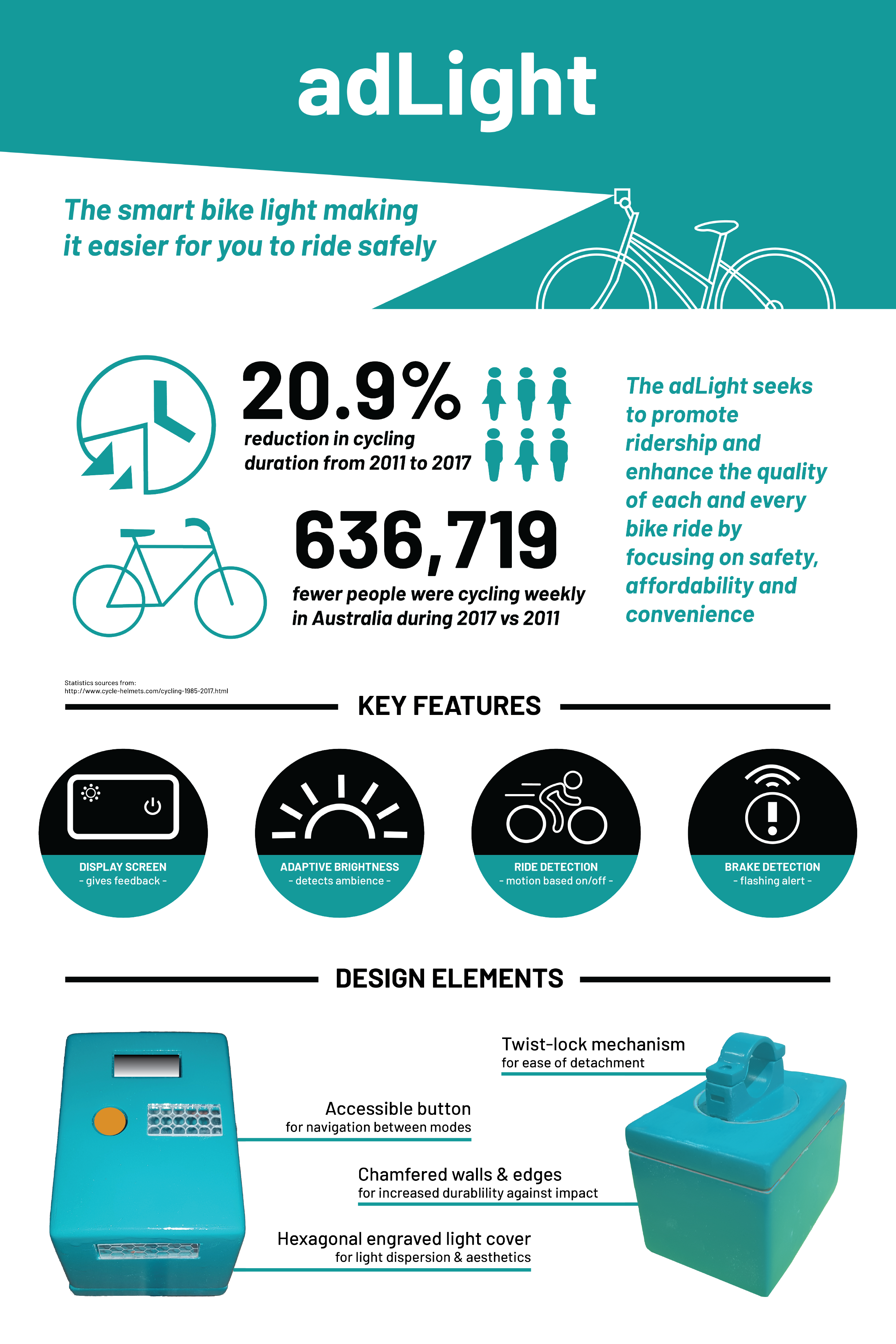
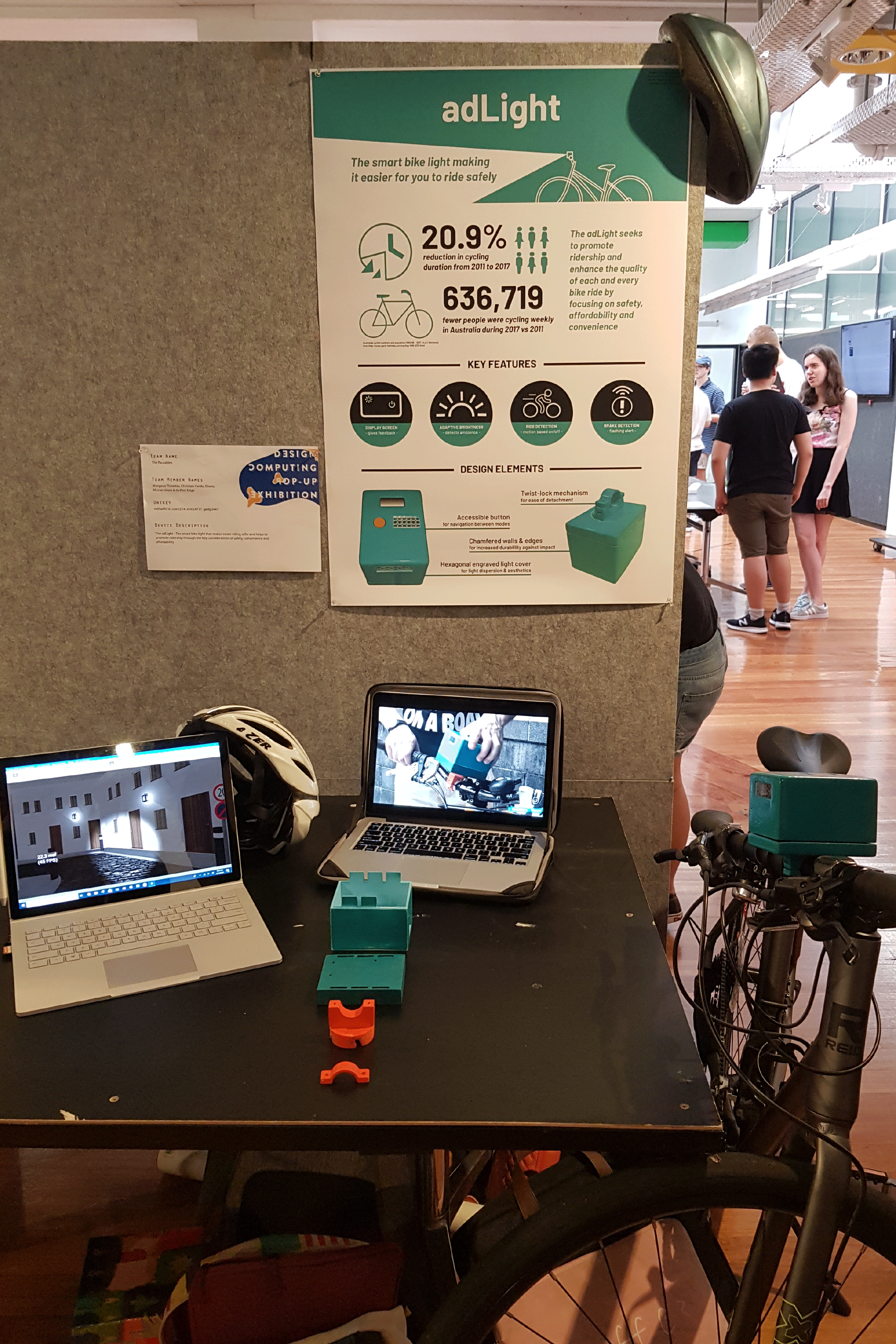
You won’t find my most recent professional UX work here just yet. However, I’ve kept these case studies from my university days on here in case you’re a current student looking for ✨inspo✨
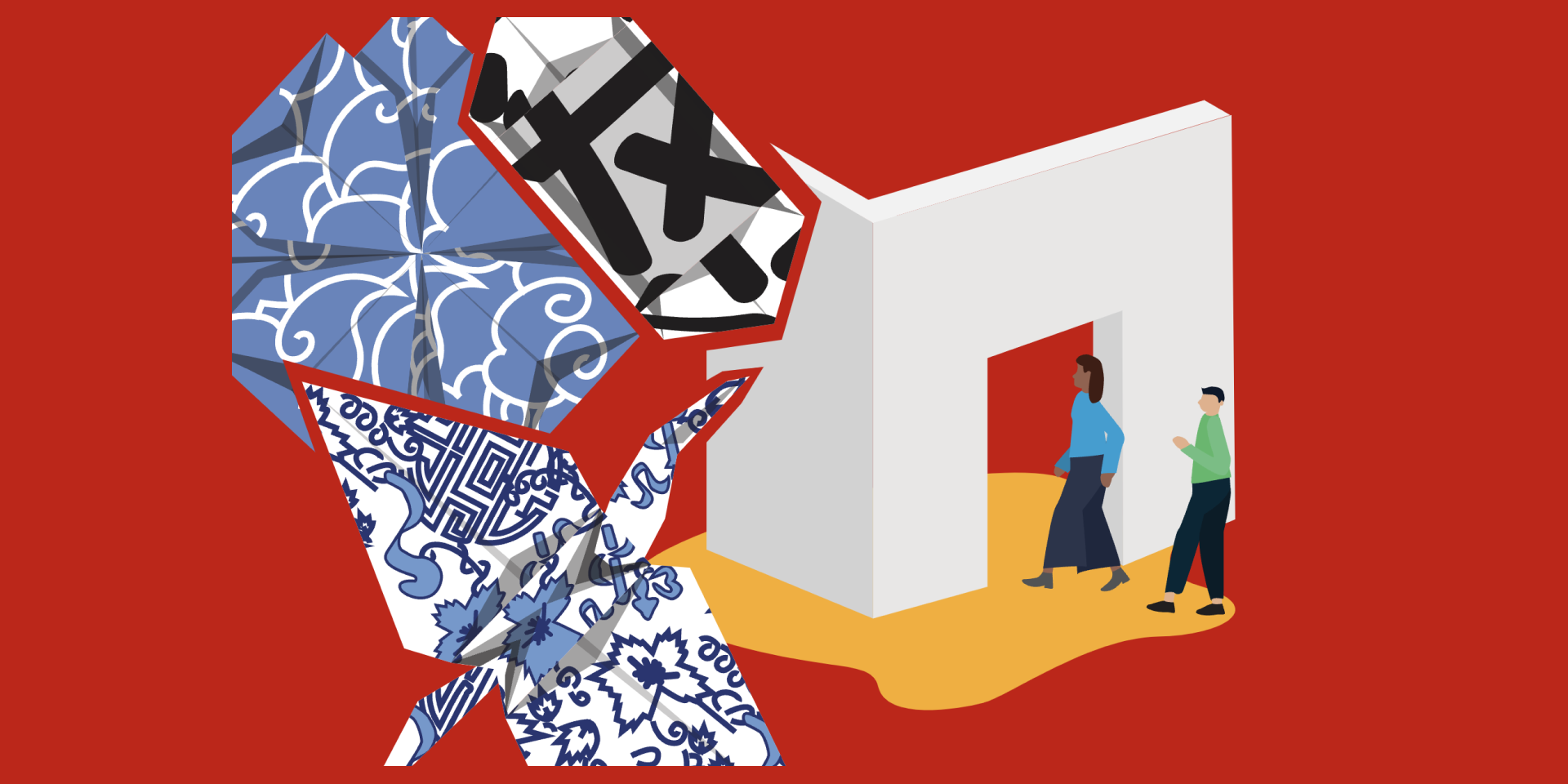
A project looking at improving the museum experiences of Young Adults using emerging technologies.